No products in the cart.
Choose the Needlepoint holly for a versatile evergreen shrub to grow as a privacy, informal hedge, or small tree. The shrub blooms yellowish green flowers with four tiny petals attracting bees to the garden.
The Chinese hollylike other hollies, attract the Colletes banksia bees.
Plant Name: Ilex cornuta
Other Name: Needlepoint holly or Chinese holly
Plant Type: Shrub or tree
Native Areas: Asia
Light Requirement: Full Sun to Part Sun and Partial Shade
Watering: Moderate and Drought Tolerant and Moderately Salt Tolerant
Fertilizer: Slow-Release
Toxicity: Toxic to Humans and Pets
Temperature: Loves warm temperatures
Propagation: Semi-hardwood cuttings
Growth: 8-15 feet tall and wide
Soil Type: Moist, well-drained soil
USDA Zones: 7-9
More About The Ilex Cornuta Needlepoint
The Ilex cornuta Needlepoint common name is Chinese holly, growing with a pyramidal shape. During the cooler months, the foliage changes from a dark green to dark orange, bearing red berries. In contrast, there are some cultivars with yellow berries.
The Chinese holly is dioecious and can have individual flowers that are either male or female; still, only one sex is found in any of the plants. So, it would be best if you had both the male and female trees to produce fruits. Yet, when you look at the Burford cultivar, it does not need a pollinator to produce berries.
The shrub’s foliage looks like bull horns and the term cornuta means horn-shaped. The oval to glossy dark green spiny leaves feel prickly and are hairless to leathery with a wavy texture. It is more glossy than the other hollies in the Aquifoliaceae family.
Chinese Holly Care Guide
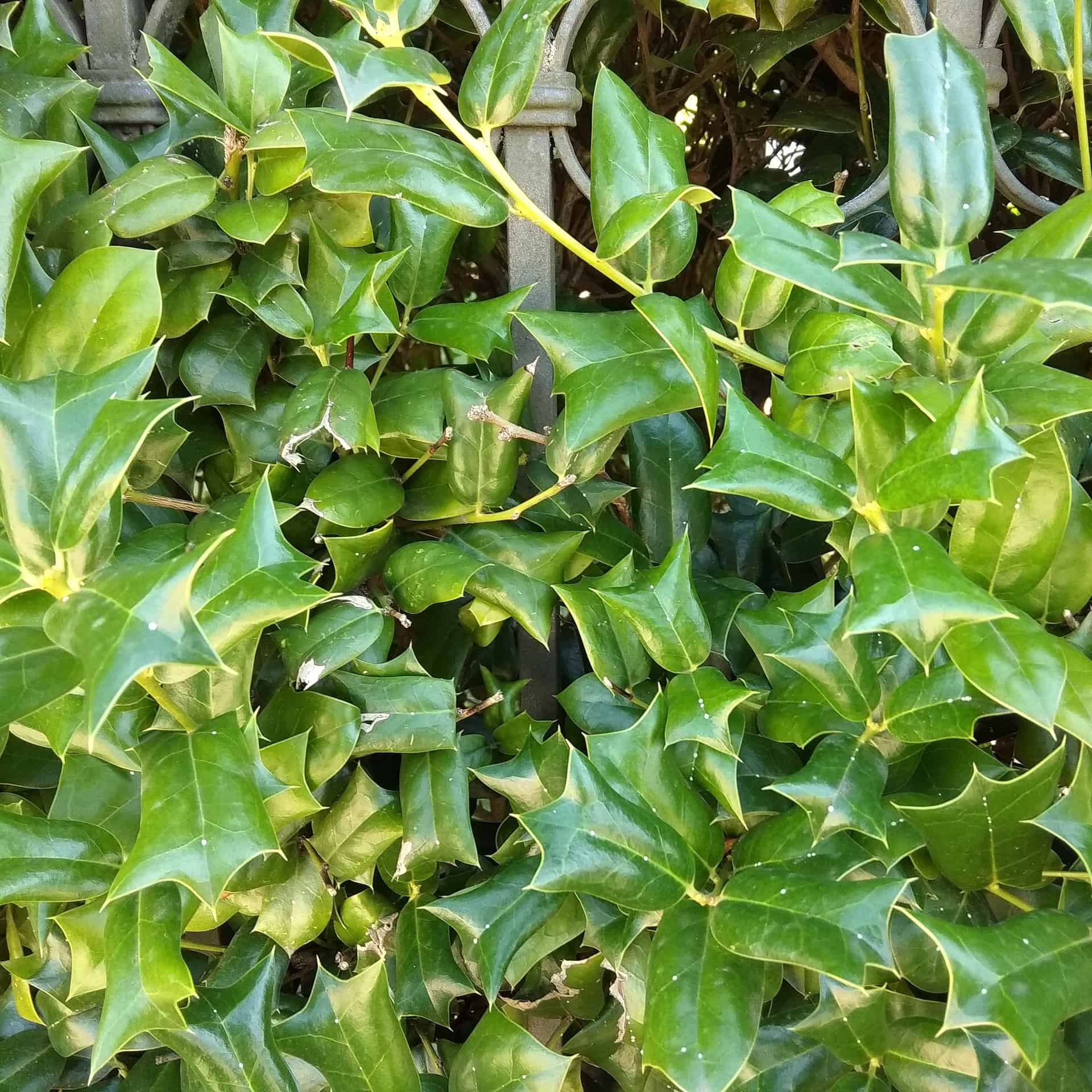
The best time to plant the Needlepoint is in cool weather. Dig a planting hole up to three times wider and deeper than the root ball. Also, consider the mature plants’ size, which can grow up to 15 feet wide.
Hold the shrub up straight in the hole and backfill it with soil. Tamper there surrounding soil to remove air pockets and, when halfway, soak it with water. Then continue backfilling, allowing your tree to settle.
Another important note is to ensure it is a dedicated spot, as the holly does not like root disturbance. Ensure no bare root is sticking out, and provide deep watering after planting. Once this outdoor tree matures, it can handle droughts and heat.
Warning: The Chinese holly grows very dense and is considered invasive in certain parts of the country.
The Best Soil Types for Chinese Holly
The important thing for the holly Needlepoint is well-drained soil, so good drainage is essential to prevent root rot. The shrub can grow in sand, clay, or loamy soil with excellent drainage. If you feel the clay is too dense, it helps to add some organic matter to the mix to help feed the root ball. If the soil is sandy, adding some compost will help retain water.
The Correct Lighting is Partial Sun
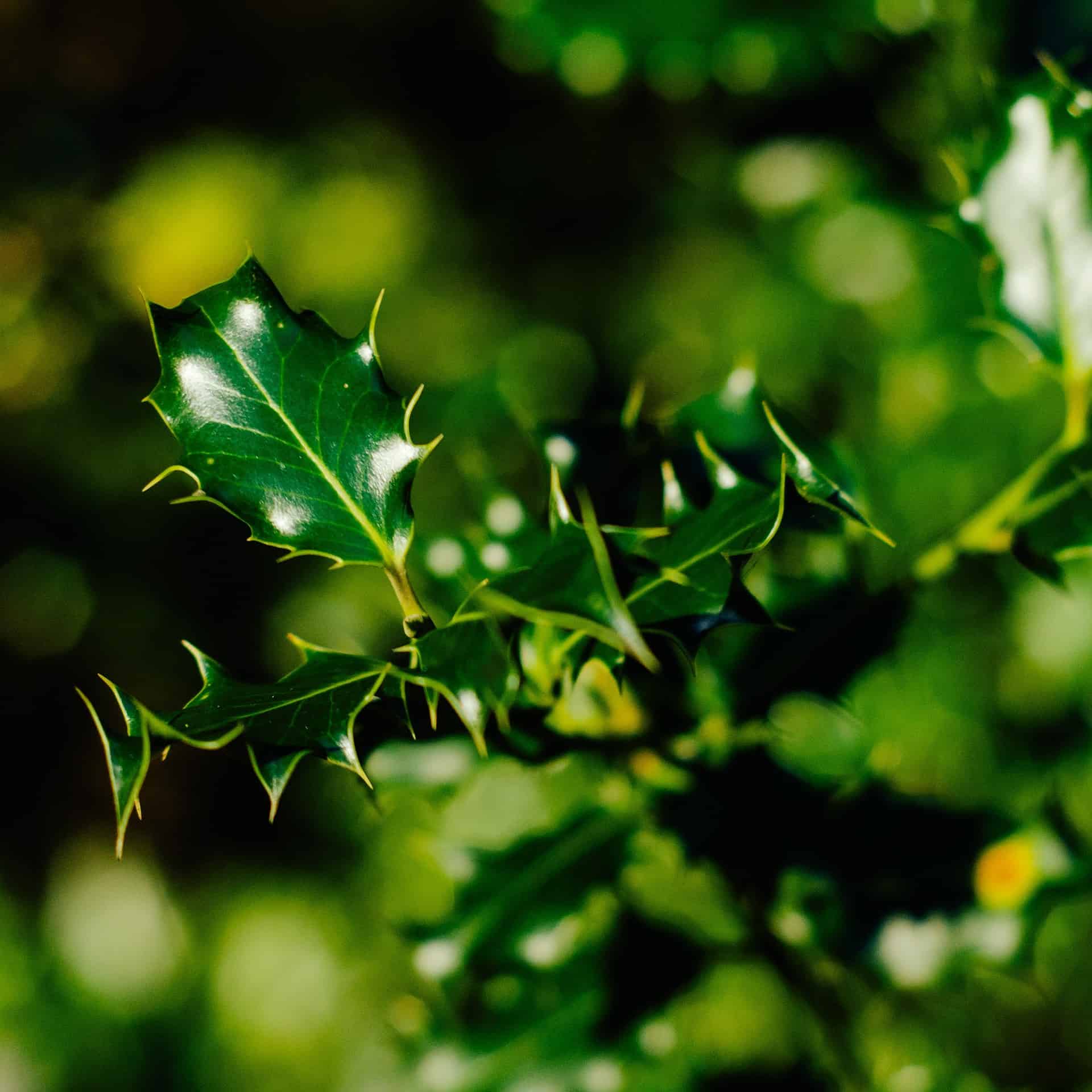
While your Needlepoint can tolerate part shade, it prefers partial to full sun. The holly needs about six hours of direct sunlight to help produce fruit with dense foliage. The more sun the tree gets, get lustrous dark green leaves with bright red berries.
Watering These Plant Species
Once you plant your young plants, it needs more watering to establish. As your holly matures, it becomes more drought tolerant and is moderately salt tolerant for coastal planting.
Another helpful thing for a young plant is adding mulch or pine straw with room around the base to retain water.
So occasional deep watering during the growing season will give new plants enough nourishment to grow strong. But as the Plantly rule goes, always check the soil moisture before watering.
Hence, the Needlepoint is a low-maintenance plant for watering but not for an extended period.
Temperature and Humidity
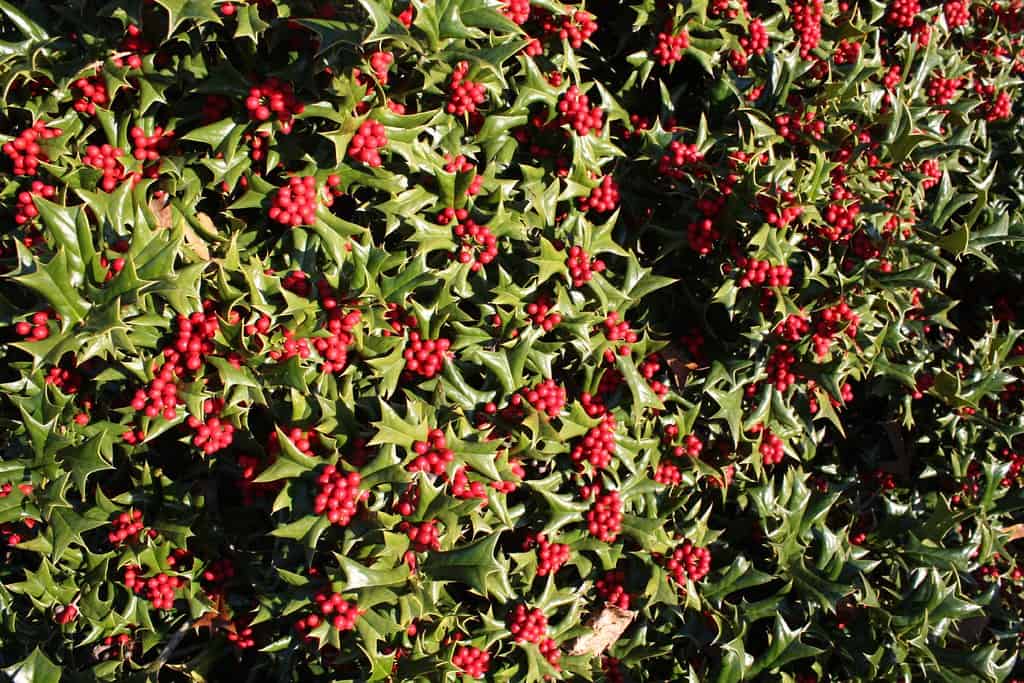 Ilex cornuta temperature and humidity @flickr
Ilex cornuta temperature and humidity @flickr
The Chinese holly drought tolerance is exceptional, and once the trees are established in the growing zones 7 to 9, it thrives in full to partial sun, forming an impenetrable hedge.
In the colder USDA zones, your shrubs might need some covering to protect them from the cold. Nonetheless, it can tolerate high temperatures to different humidity levels.
The Chinese holly is hardy growing in the recommended hardiness zones but needs protection from the freeze-thaw cycle. To prevent this from happening, add some mulch around the base of the plant.
For young shrubs, you can provide a wrap around the base of the tree like burlap.
Fertilizing Ilex Cornuta Needlepoint Holly
You can feed your Needlepoint holly in late winter to early spring, a slow-release fertilizer made for shrubs and trees. The sulfur and iron help keep the greening consistent. You can give them a second feed when the leaves turn yellow in late summer.
The tree is heat tolerant but needs added protection in winter using a layer of mulch like pine straw for added nutrition.
Pruning Needlepoint Holly
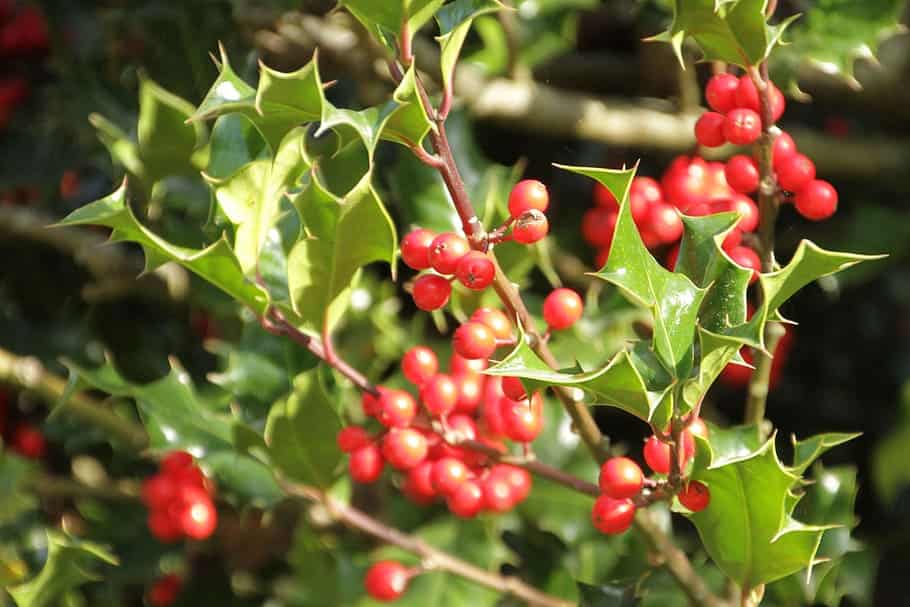
To maintain a privacy hedge, you must prune your Chinese holly. You can prune in late winter using pruning shears to remove dead and damaged branches from the base. With pruning, you can also get the desired shape you want.
Growing Needlepoint Holly in a Pot
Please choose a suitable container size for your Needlepoint and provide them with soil that has good drainage with drainage holes. We recommend a container plant at least eight inches wider than the root system.
Propagation of Ilex Cornuta Needlepoint
The best propagation method is to use semi-hardwood cuttings taken in early summer.
Cut a six inches stem tip using sharp pruners to cut one of the bud unions.
Remove the bottom leaves and place the cut end into the rooting hormone.
Place it three inches deep into the prepared soil.
Firm the soil down around the stem to remove air pockets.
Place the container in bright indirect light in a sheltered spot.
Water frequently, and you should notice new growth in about eight weeks.
Then harden your plant off to transplant to the garden.
You can also plant seeds using a germination process, which takes up to three years.
Needlepoint Holly Varieties
When investing in this type of holly, you can find some cultivars growing as shrubs while others grow as trees.
Burford
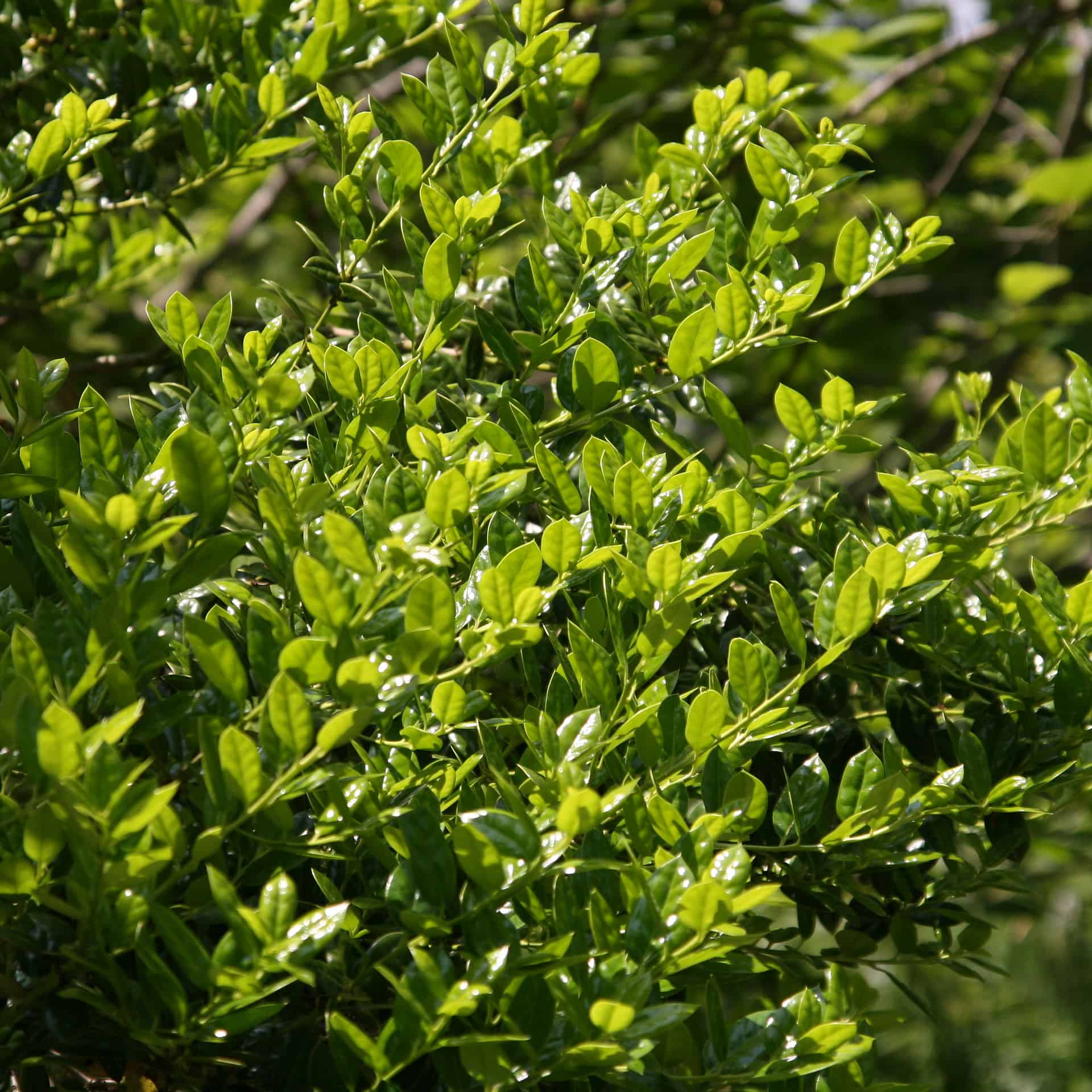
The cultivar makes for a beautiful hedge that reaches up to 20 feet tall and wide. It has a rapid growth rate with heavy set fruit and is a wise choice to create a privacy hedge.
Berries Jubilee
The well-behaved Chinse holly grows a tamed mound with bright red berries in autumn and winter.
Carissa
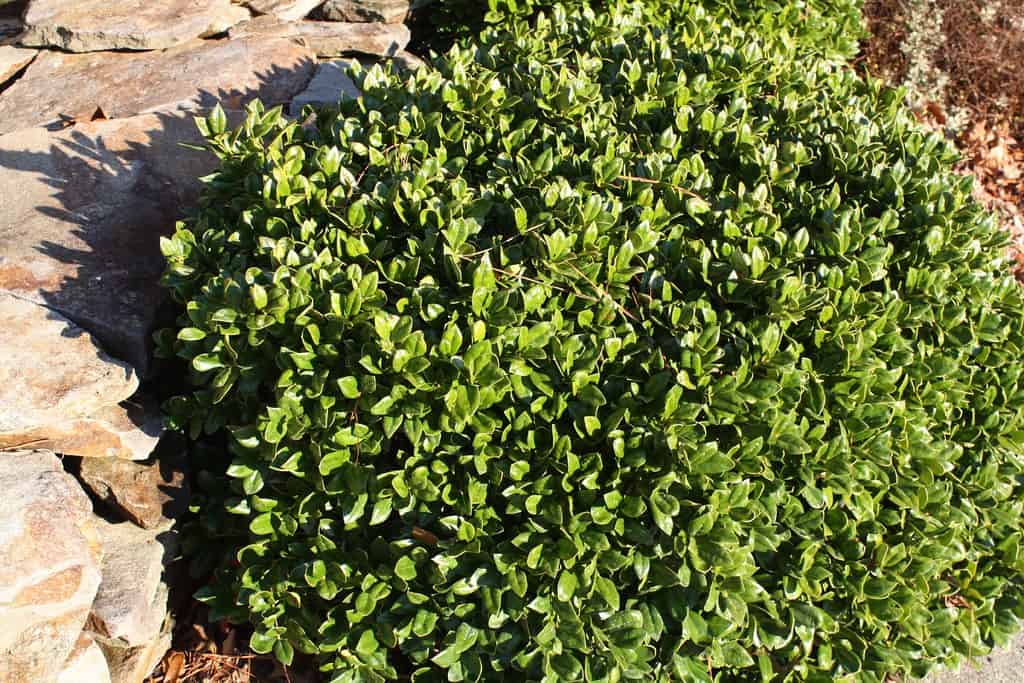 Ilex cornuta Carissa @flickr
Ilex cornuta Carissa @flickr
It is a compact holly that grows up to four feet tall and six feet wide.
Needlepoint Holly Common Diseases and Pests
The holly quickly becomes troubled by the holly leaf miner, whiteflies, spider mites, and scale. You can remove the spider mites manually or use a blast of water. For the holly leaf miner, use some permethrin spray to remove them.
Other potential plant diseases are powdery mildew, tar spot, leaf rot, and leaf spot. Another concern is the leaf scorch from high heat.
Frequently Asked Questions
While both the holly trees belong to the Ilex genus, the Needlepoint is a tough shrub with a mature size of 15 feet tall and wide. The Skypencil grows up to eight feet tall and three feet wide. The Needlepoint makes for exceptional interest in the garden with the berries.
The Skypenicl has columnar growth made for narrow spaces and even looks fabulous in containers needing no pruning to maintain the shape.
Provide your holly with well-drained soil with occasional watering, and provide your plants with direct sunlight and winter protection depending on the growing zone.
All parts of the holly are poisonous to humans and animals and can cause vomiting to an upset stomach.
The Chinese holly can grow as a standalone tee or shrub to form a privacy screen to a hedge.
You can find the Chinese holly at a local nursery, depending on the state law if registered as an invasive species. But you can buy it from Plantly, and while selecting your shrub and wanting to grow them in a pot, choose the correct container sizes to get a head start.
Whether you want to buy, sell, or simply reach out to other plant enthusiasts, Plantly is the right place to be!


